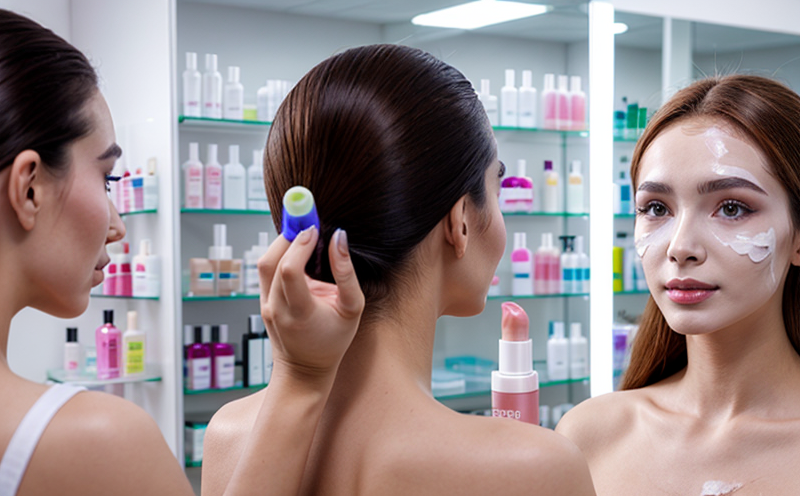
-
Cosmetic Product Testing-
Clinical and Dermatological Testing-
Safety Testing for Cosmetic Products in Dermatology
We provide comprehensive solutions designed to help our clients mitigate risks, enhance performance, and excel in key areas such as quality, health & safety, environmental sustainability, and social responsibility.
Discover
For many years, our organization has been operating successfully, boasting modern laboratories that meet international standards. These laboratories are equipped with the latest technology devices and equipment, and we have built a strong team of experienced and trained personnel to operate them.
DiscoverWelcome to Eurolab, your partner in pioneering solutions that encompass every facet of life. We are committed to delivering comprehensive Assurance, Testing, Inspection, and Certification services, empowering our global clientele with the ultimate confidence in their products and processes.
Discover
-
Cosmetic Product Testing-
Clinical and Dermatological Testing-
Safety Testing for Cosmetic Products in DermatologySafety Testing for Cosmetic Products in Dermatology: A Comprehensive Review
The cosmetics industry has grown significantly over the past few decades, with a wide range of products available to consumers. However, with this growth comes the need for rigorous safety testing to ensure that these products do not cause harm to users. In dermatology, safety testing is crucial as it directly affects the skin, which is the bodys largest organ and most exposed surface.
The primary objective of safety testing in dermatology is to evaluate the potential risks associated with cosmetic products on human skin. This includes assessing their irritating or allergic properties, as well as their potential for phototoxicity (skin damage caused by sunlight). Regulatory agencies worldwide have established guidelines for conducting safety tests on cosmetic products, which must be followed by manufacturers to ensure compliance.
Key Safety Tests in Dermatology:
Skin irritation potential: Patch testing helps identify whether a product can cause redness, itching, or other forms of irritation on human skin.
Allergic contact dermatitis: This is a type of skin reaction that occurs when the immune system reacts to a substance, resulting in inflammation and discomfort. Patch testing can help determine if a product contains allergenic ingredients.
Photoinstability of ingredients: Phototoxicity testing helps identify whether the active and inactive ingredients in a product are stable when exposed to sunlight, which can affect their efficacy and safety.
Additional Safety Tests:
Corrosivity of products: Eye irritation/corrosion testing helps identify whether a product contains ingredients that can cause damage to the eyes, including those with high pH levels or other corrosive properties.
Sensitizing potential of products: Skin sensitization testing helps identify whether a product contains ingredients that can cause an immune response, leading to inflammation and discomfort.
Regulatory Frameworks:
Safety assessments and risk management: Manufacturers must conduct regular safety assessments and implement effective risk management strategies to ensure compliance with EU regulations.
Good manufacturing practices (GMPs): Manufacturers must adhere to GMPs to ensure that their products are safe for human use.
Compliance with Regulatory Requirements:
Safety information on labels: Proper labeling is essential to inform consumers about the potential risks associated with a product and how to use it safely.
The primary objective of safety testing in dermatology is to evaluate the potential risks associated with cosmetic products on human skin.
2. How long does a patch test typically last?
A patch test typically lasts for 48-72 hours and includes assessments at various intervals to determine the severity of any reactions.
3. What is phototoxicity testing used for in dermatology?
Phototoxicity testing assesses the potential for products to cause damage to human skin under sun exposure conditions.
4. How do manufacturers ensure compliance with regulatory requirements?
Manufacturers must adhere to regulatory guidelines, conduct regular safety assessments, and implement effective risk management strategies.
5. What is the purpose of eye irritation/corrosion testing in dermatology?
This test assesses the potential for products to cause eye irritation or corrosion.
6. How do manufacturers identify sensitizing ingredients in cosmetic products?
Skin sensitization testing evaluates the potential for products to cause allergic reactions on human skin over time.
7. What are the key regulatory frameworks governing cosmetic product safety?
The European Union (EU) has established strict guidelines under the Cosmetics Regulation (EC) No. 1223/2009, while the US FDA has developed guidelines under Title 21 of the CFR.
8. How do manufacturers ensure that their products are safe for human use?
Manufacturers must adhere to Good Manufacturing Practices (GMPs), conduct regular safety assessments, and implement effective risk management strategies.
9. What information must be included on product labels related to safety testing?
Manufacturers must clearly label their products with any warnings or cautions related to potential risks.
10. How do manufacturers handle adverse reactions or incidents related to their products?
Manufacturers must maintain accurate records and report any adverse reactions or incidents to regulatory authorities.
In conclusion, safety testing in dermatology is a critical aspect of ensuring that cosmetic products are safe for human use. Regulatory agencies worldwide have established guidelines for conducting these tests, which manufacturers must adhere to ensure compliance. By understanding the various types of safety tests and regulatory frameworks, manufacturers can develop safer products that protect consumers while also promoting the growth and success of the cosmetics industry.
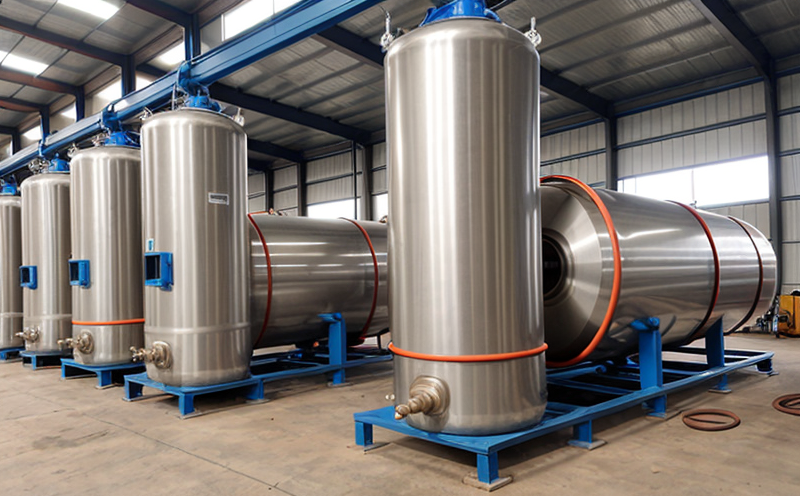
Pressure Vessels and Installations Testing
Pressure Vessels and Installations Testing Pressure vessels are a critical component of various ind...

Environmental Simulation Testing
Environmental Simulation Testing: A Comprehensive Guide In todays world, where technology is rapidl...
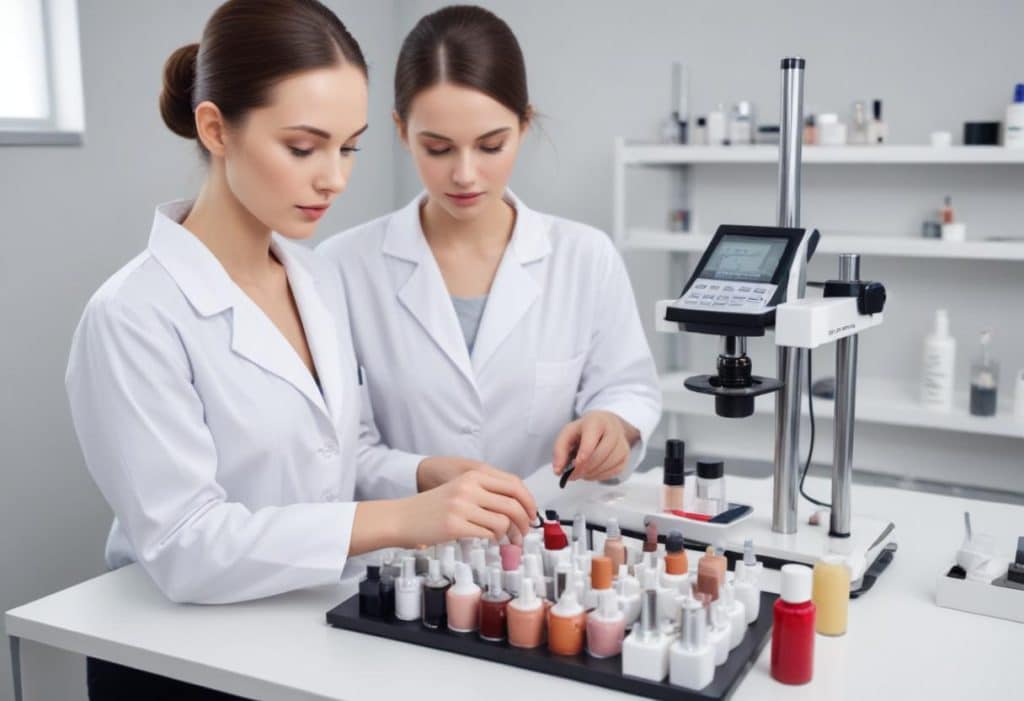
Cosmetic Product Testing
The Complex World of Cosmetic Product Testing The cosmetics industry is a multi-billion-dollar ma...
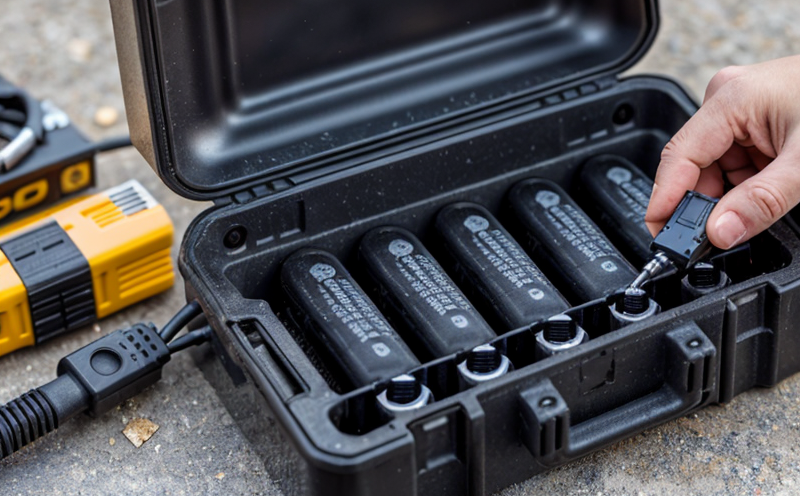
Battery Testing and Safety
Battery Testing and Safety: A Comprehensive Guide As technology continues to advance, battery-power...
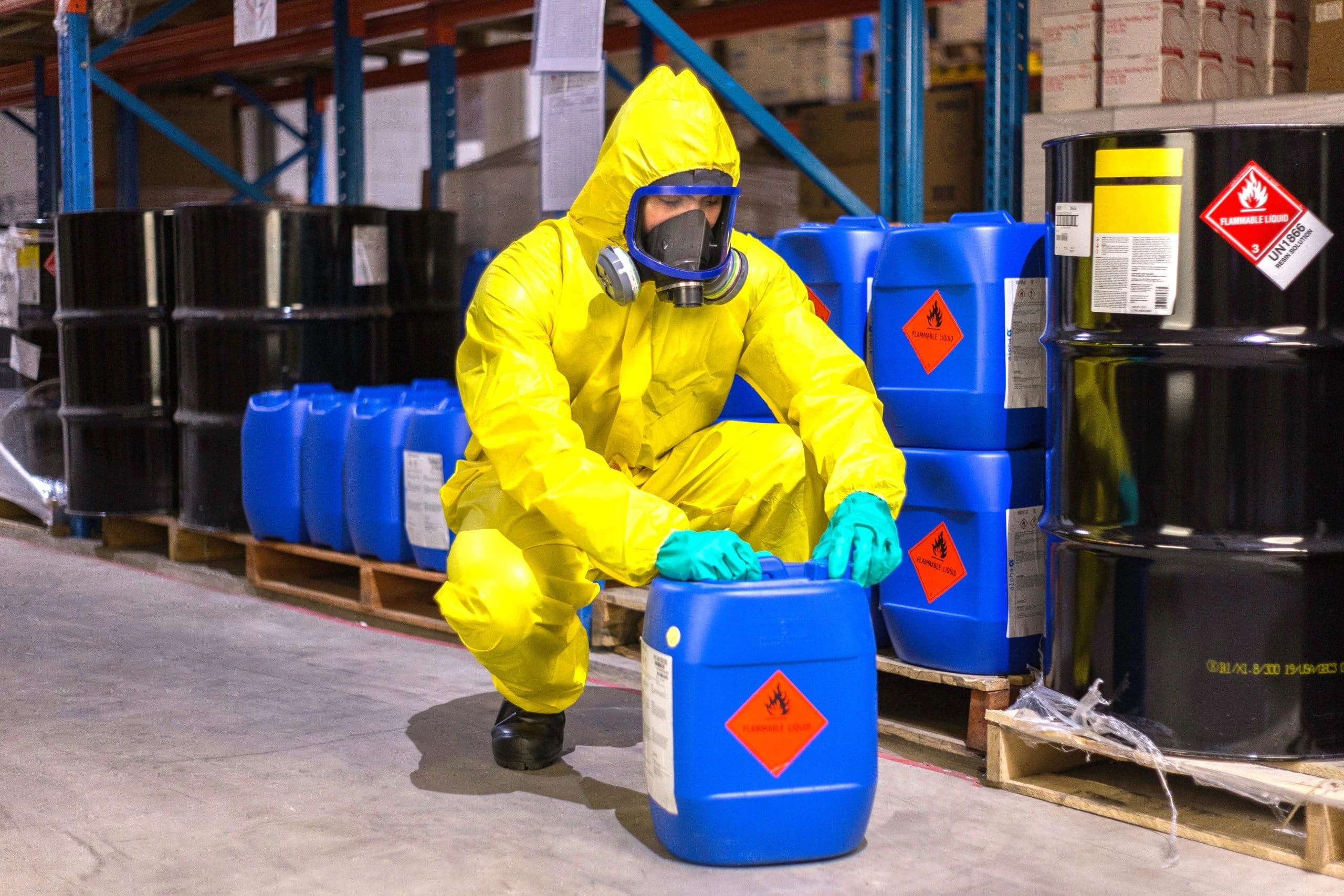
Chemical Safety and Certification
Chemical safety and certification are critical in ensuring the safe management of products and proce...

Hospitality and Tourism Certification
Hospitality and Tourism Certification: Unlocking Opportunities in the Industry The hospitality and ...

Aviation and Aerospace Testing
Aviation and Aerospace Testing: Ensuring Safety and Efficiency The aviation and aerospace industr...

IT and Data Center Certification
IT and Data Center Certification: Understanding the Importance and Benefits The field of Informatio...
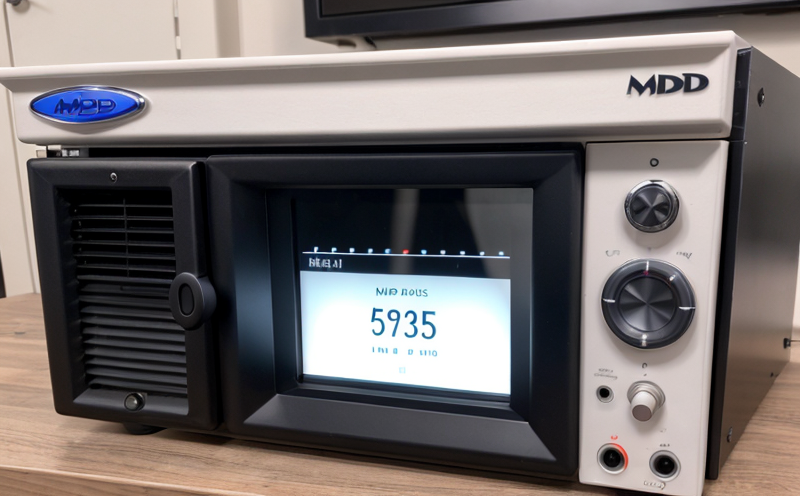
MDR Testing and Compliance
MDR Testing and Compliance: A Comprehensive Guide The Medical Device Regulation (MDR) is a comprehe...

Construction and Engineering Compliance
Construction and Engineering Compliance: Ensuring Safety, Quality, and Regulatory Adherence In the ...
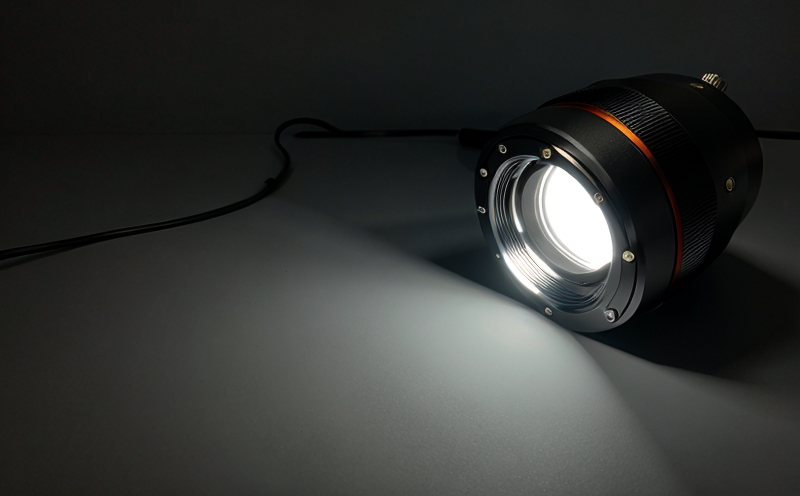
Lighting and Optical Device Testing
Lighting and Optical Device Testing: Ensuring Performance and Safety Lighting and optical devices a...

Environmental Impact Assessment
Environmental Impact Assessment: A Comprehensive Guide Environmental Impact Assessment (EIA) is a c...

Product and Retail Standards
Product and Retail Standards: Ensuring Quality and Safety for Consumers In todays competitive marke...

Electromechanical Safety Certification
Electromechanical Safety Certification: Ensuring Compliance and Protecting Lives In todays intercon...

Military Equipment Standards
Military Equipment Standards: Ensuring Effectiveness and Safety The use of military equipment is a ...
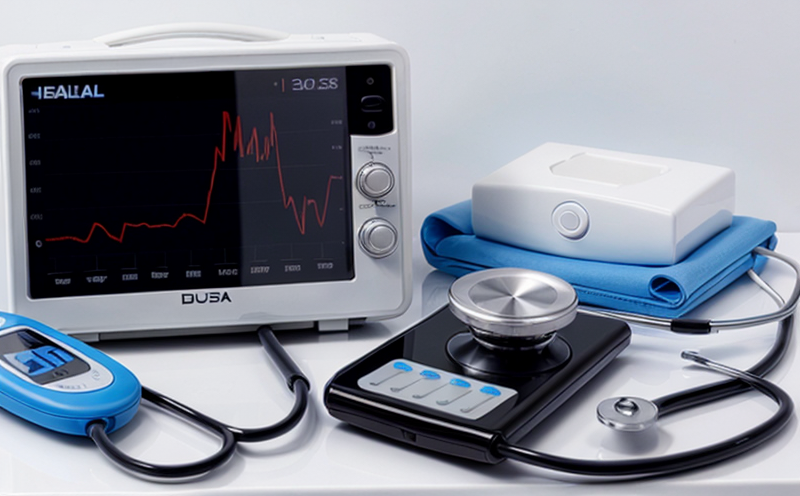
Healthcare and Medical Devices
The Evolution of Healthcare and Medical Devices: Trends, Innovations, and Challenges The healthcare...

Industrial Equipment Certification
Industrial equipment certification is a critical process that ensures industrial equipment meets spe...
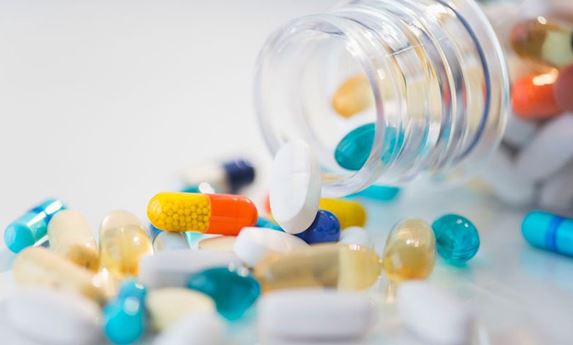
Pharmaceutical Compliance
Pharmaceutical compliance refers to the adherence of pharmaceutical companies and organizations to l...

Agricultural Equipment Certification
Agricultural equipment certification is a process that ensures agricultural machinery meets specific...

Automotive Compliance and Certification
Automotive Compliance and Certification: Ensuring Safety and Efficiency The automotive industry is ...

Renewable Energy Testing and Standards
Renewable Energy Testing and Standards: Ensuring a Sustainable Future The world is rapidly transiti...

Transportation and Logistics Certification
Transportation and Logistics Certification: A Comprehensive Guide The transportation and logistics ...

Fire Safety and Prevention Standards
Fire Safety and Prevention Standards: Protecting Lives and Property Fire safety and prevention stan...

Consumer Product Safety
Consumer Product Safety: Protecting Consumers from Harmful Products As a consumer, you have the rig...
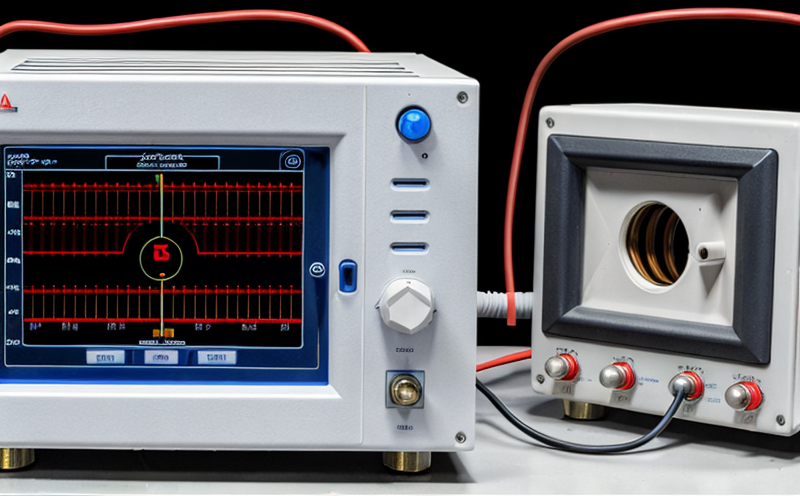
Electrical and Electromagnetic Testing
Electrical and Electromagnetic Testing: A Comprehensive Guide Introduction Electrical and electrom...
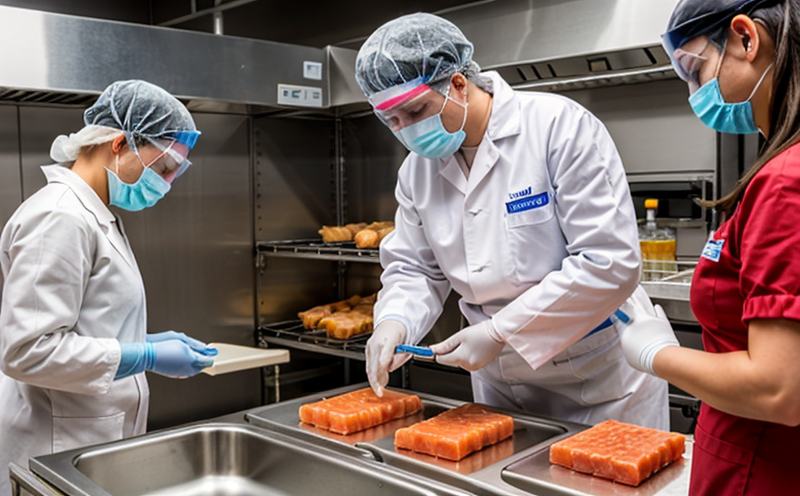
Food Safety and Testing
Food Safety and Testing: Ensuring the Quality of Our Food As consumers, we expect our food to be sa...

Railway Industry Compliance
Railway Industry Compliance: Ensuring Safety and Efficiency The railway industry is a critical comp...

Trade and Government Regulations
Trade and government regulations play a vital role in shaping the global economy. These regulations ...

NEBS and Telecommunication Standards
Network Equipment Building System (NEBS) and Telecommunication Standards The Network Equipment Bu...

Energy and Sustainability Standards
In today’s rapidly evolving world, businesses face increasing pressure to meet global energy a...